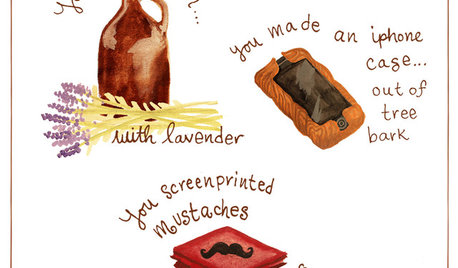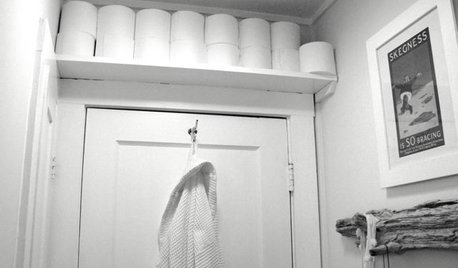If nasturtiums keep bugs away what's eating mine?
moment
20 years ago
Featured Answer
Sort by:Oldest
Comments (17)
catkim
20 years agoRelated Professionals
Wrentham Landscape Architects & Landscape Designers · Accokeek Landscape Architects & Landscape Designers · Prairie Ridge Landscape Architects & Landscape Designers · Roosevelt Landscape Architects & Landscape Designers · South Elgin Landscape Architects & Landscape Designers · Arden-Arcade Landscape Contractors · Fridley Landscape Contractors · Newnan Landscape Contractors · Northbridge Landscape Contractors · Porterville Landscape Contractors · Uxbridge Landscape Contractors · Golden Valley Landscape Contractors · Palatine General Contractors · Bethany Siding & Exteriors · Boston Siding & Exteriorsgreengodess
20 years agokatybird_PA
20 years agoOGinOK
20 years agothepoet
20 years agomissflowergirl
20 years agokates_spade
20 years agomymacca
19 years agolittle_ken
17 years agoscreaminvern
17 years agolilmamablondie
16 years agoseptemberdragon
16 years agowestover
14 years agoslowfoodgal
14 years agoRandy.Canada
12 years agogkz7
9 years ago
Related Stories

GARDENING AND LANDSCAPINGBreezy and Bug-Free Modern Porches
Screening keeps pests out of these diverse porches across the U.S., while thoughtful designs keep them visually appealing
Full Story
LIFEHow Your Landscaping Can Keep Burglars Away
Prevent home break-ins with strategic landscaping and good practices instead of menacing — and maybe less effective — measures
Full Story
GARDENING AND LANDSCAPINGPorch Life: Banish the Bugs
Don't let insects be the bane of your sweet tea and swing time. These screening and product ideas will help keep bugs at bay on the porch
Full Story
GARDENING AND LANDSCAPINGBid Bad Garden Bugs Goodbye and Usher In the Good
Give ants their marching orders and send mosquitoes moseying, while creating a garden that draws pollinators and helpful eaters
Full Story
DIY PROJECTS12 Signs You've Caught the DIY Bug
Been making inventive things from scratch? Repurposing salvaged pieces creatively? It may be more serious than you think
Full Story
EARTH DAYHow to Help Your Town’s Beneficial Birds and Bugs
Make a habitat using local materials to provide a home to the creatures that help our gardens
Full Story
BATHROOM DESIGNBathroom Storage: Where to Keep the TP?
The Houzz community steps in with 19 tidy toilet paper storage solutions
Full Story
MOST POPULAR10 Strategies for Keeping Surfaces Clutter-Free
The universe wants your coffee table to become a clutter magnet — but you can fight back
Full Story
KITCHEN DESIGNModern Storage and Sunshine Scare Away the Monster in a Kansas Kitchen
New windows and all-white cabinetry lighten a kitchen that was once dominated by an oversize range hood and inefficient cabinets
Full Story
DECORATING GUIDESStep Away From the Wallpaper: Why Decorating Risks Are Overrated
Want to find your signature style? Try staying inside your comfort zone
Full StorySponsored






momentOriginal Author